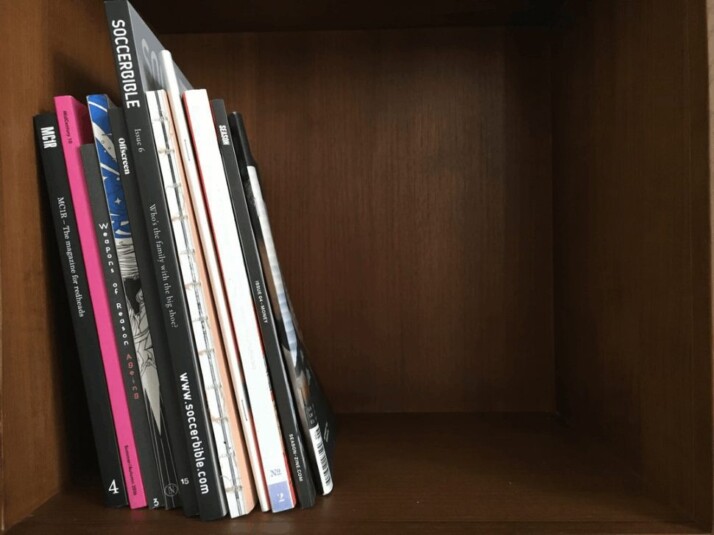Secondary Source Plagiarism is taking material from a secondary source and using it in a manner that does not acknowledge the secondary source. This is a common type of plagiarism violation in academia.
This article discusses secondary source plagiarism and suggests ways to avoid it.
Plagiarism: An Overview
Plagiarism is a form of academic misconduct that includes using the ideas, and words of another person without proper attribution. It is the act of taking someone else’s work and passing it off as your own.
Plagiarism is a punishable offense, and anyone who uses someone else’s work without their permission or giving appropriate credit is considered guilty of plagiarism. However, you can use other people’s information and ideas, as long as you credit them.
What is Secondary Source Plagiarism?
Secondary source of information elaborates on the data from the primary source. A secondary source can be a book, a magazine article, an online article, or even a website or a news agency. A secondary source consists of content that is often derivative of other authors’ work – the primary source.
Secondary source information is commonly written in narrative form. This makes it easy for individuals to copy and use the information – not fully understanding the original and not attributing the source. A researcher may use secondary source data but only cite the primary sources within the secondary source. This is secondary source plagiarism.
Secondary source plagiarism refers to borrowing information from secondary sources without adequately citing and referencing the source. This is the kind of plagiarism that can get you accused of duplicating material and hurting the source’s reputation.
In secondary source plagiarism, an author uses the information from an existing work without giving credit to the secondary source. Secondary source plagiarism fails to attribute the author of the secondary source.

Example of Secondary Source Plagiarism
Consider this scenario: A student needs to research a particular topic. In searching for relevant literature about the subject, the student comes across a book in line with his topic. Going through the book, he comes across references pertinent to his subject.
However, he can not obtain the original works cited in the text. He decides to paraphrase the information from the book, but instead of citing the source author, he uses the references cited in the book. This means the student cites the primary source but fails to cite the secondary source – the book.
This way, the student has not indicated the true source of his information. The reader would assume that the student’s information is based on his direct reading of the works of the authors cited. Even though the author attributed his work to an author, it was wrongly done. The author of the book the student used was not credited, and this passes off as secondary source plagiarism.
How to Avoid Secondary Source Plagiarism
Secondary source plagiarism is a form of academic misconduct in which an author employs the information from a secondary source without crediting the source.
Most times, the plagiarist uses information from a secondary source, but fails to cite the author of the secondary source. Instead, the references cited in the secondary sources are used. This way, the plagiarist credits another person for someone else’s work. This act deprives the secondary source author of being acknowledged and recognized for their work. Some ways to avoid secondary source plagiarism are:
- Cite the secondary source that you obtained information from.
- If you must cite the primary sources in the secondary source, visit the primary sources and obtain your information.
- Always indicate the actual source of the information you obtained.
To Wrap Up
Secondary source plagiarism takes place when someone takes word-for-word content from a secondary source and places it into their work without citing the source.
Citing the primary source doesn’t rule out your work as a plagiarized piece. It is vital to ensure that every piece of information used from a secondary source is attributed to the secondary source author.
Explore All Plagiarism Checker Articles
Plagiarism in Journalism: Its Meaning and How to Avoid It
Writing is a wide array of interests that covers different professions and passions. In terms of news writing, journalists should…
The Difference Between Plagiarism and Appropriation in Art
People confuse the difference between plagiarism and appropriation. What they don’t understand is that these two terms differ from one…
6 Ways to Write Plagiarism Free Content — A Bloggers Guide
Generating unique plagiarism free content is one of the most important factors for optimizing your content and achieving higher SERP…
Using Plagiarism Checkers for Research Papers
With the web being so vast and expansive, it’s no wonder more, and more people are turning to it for…
6 Best Free Plagiarism Checker Online
What is the best free plagiarism checker today? You might have a paper or assignment due in the upcoming day,…
How to Copy and Paste Without Plagiarizing
The copy and paste function in your word processor is powerful. It can save your lots of time. But it…
